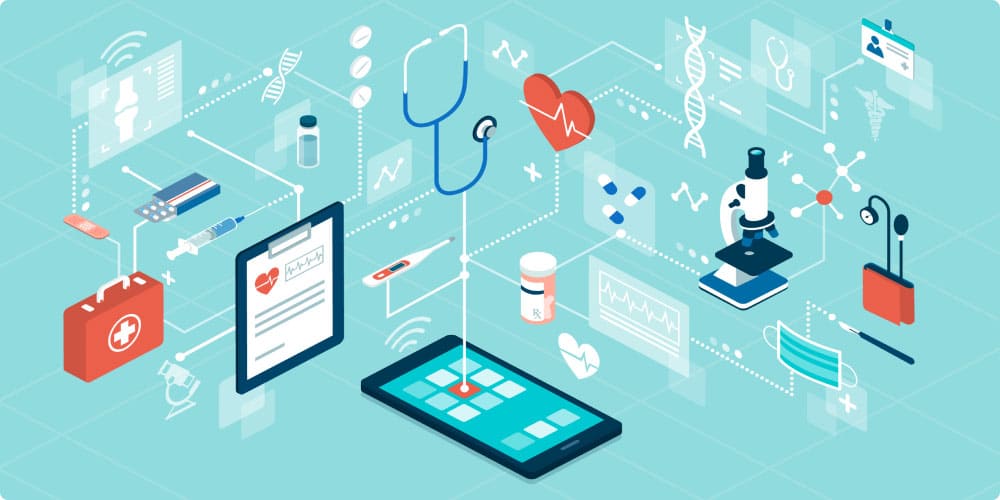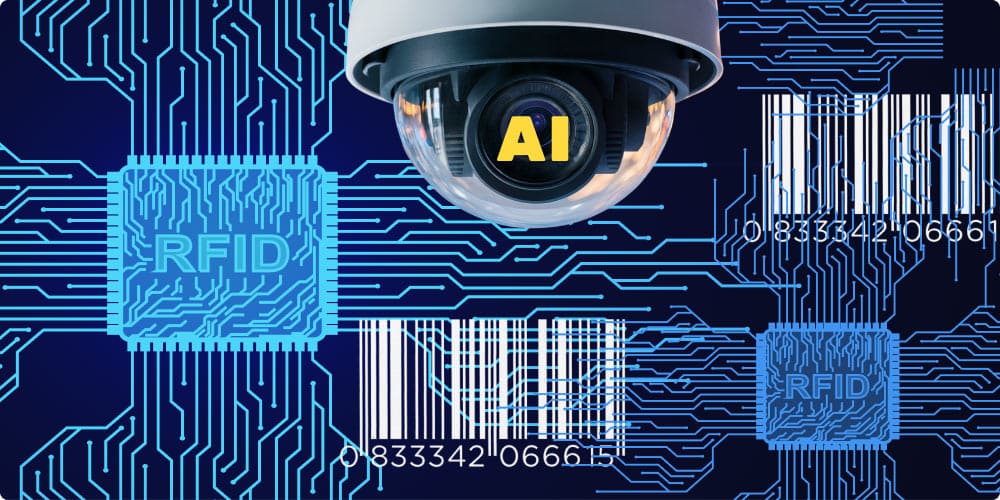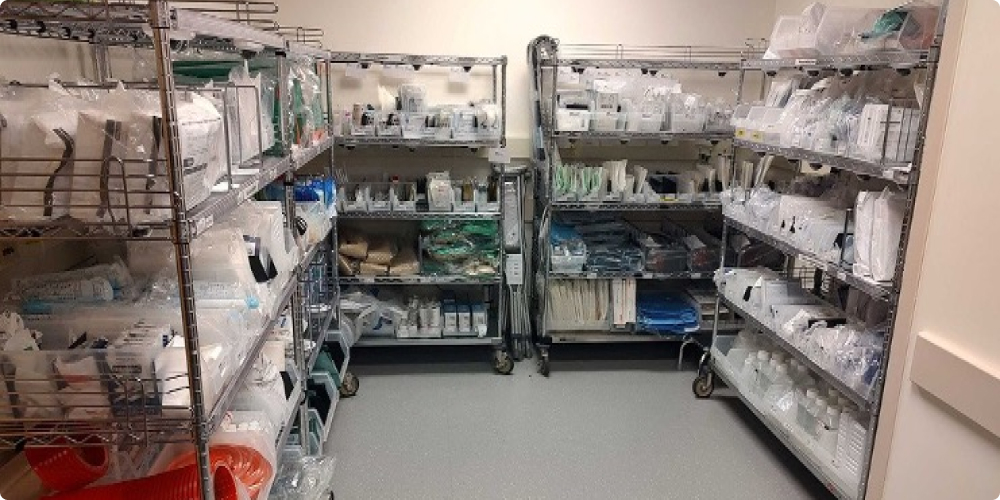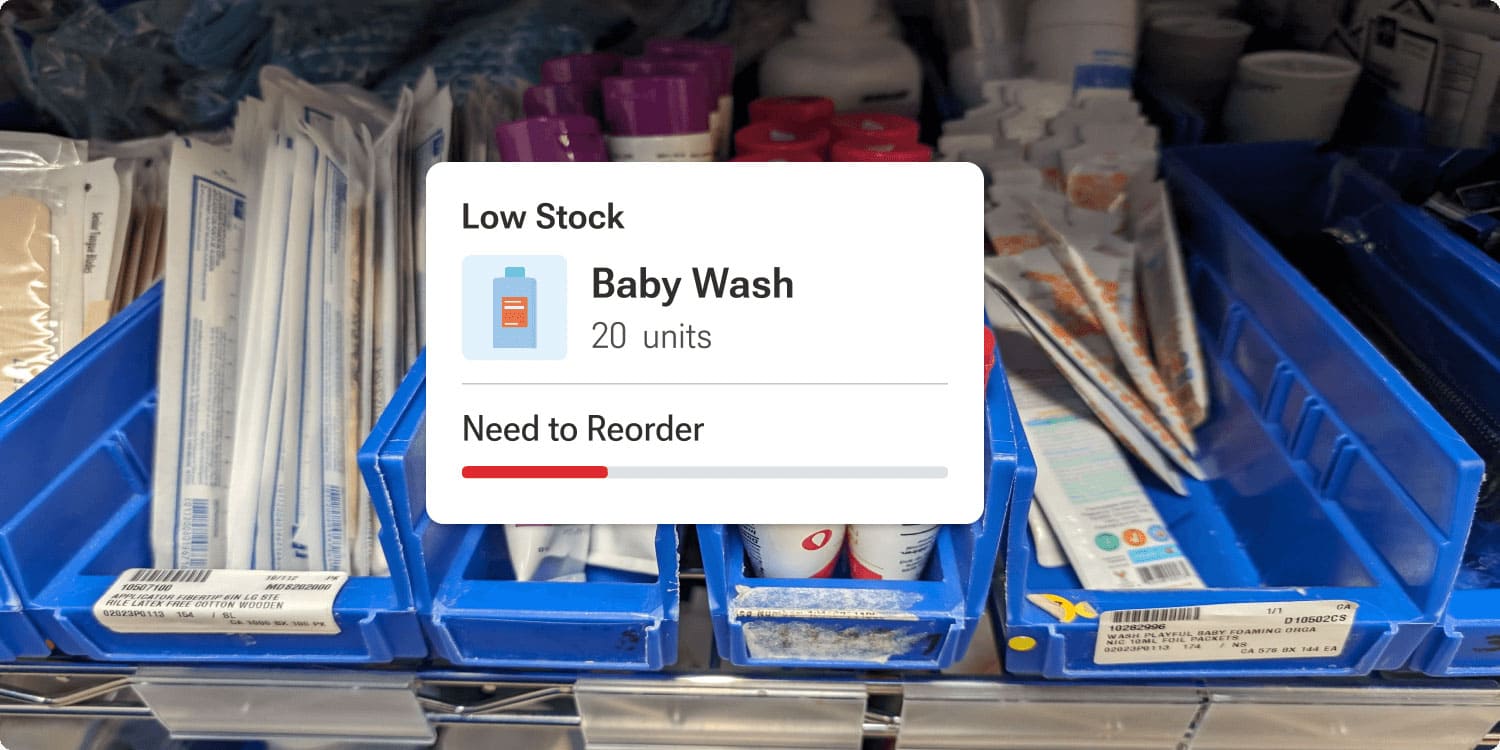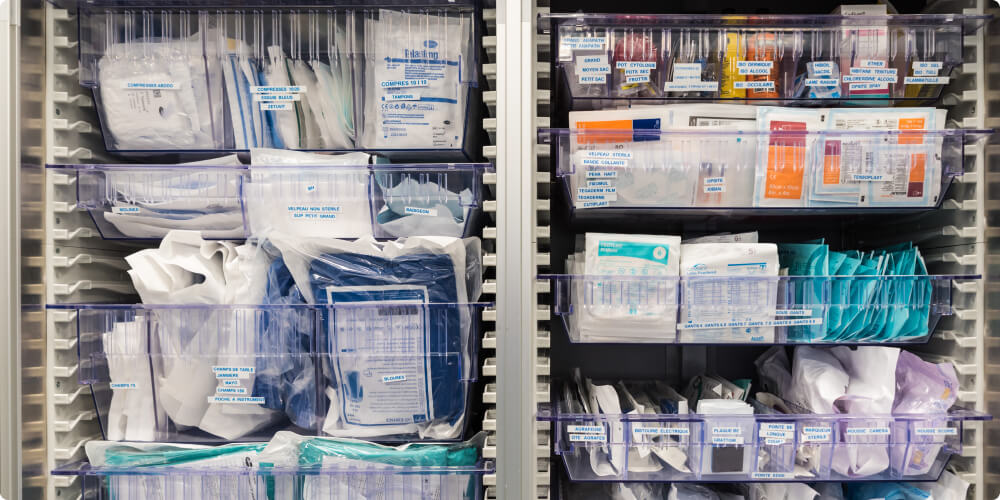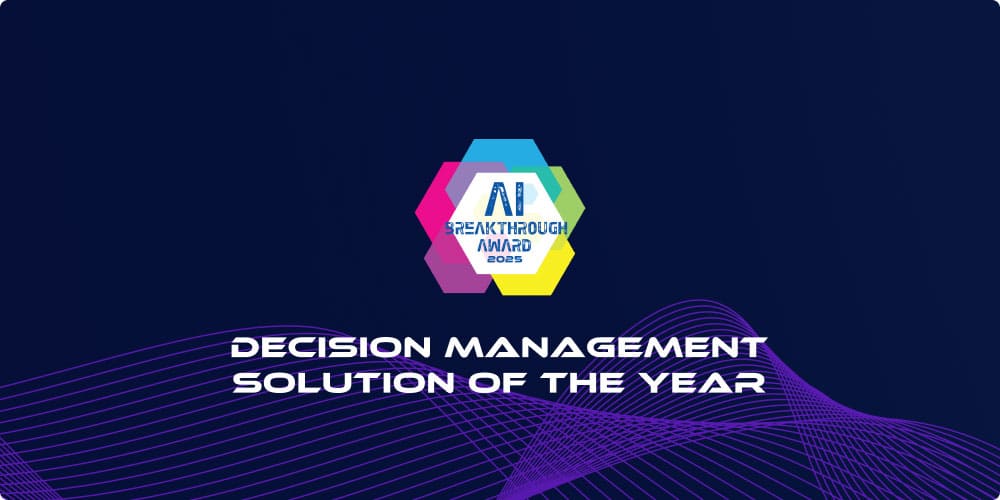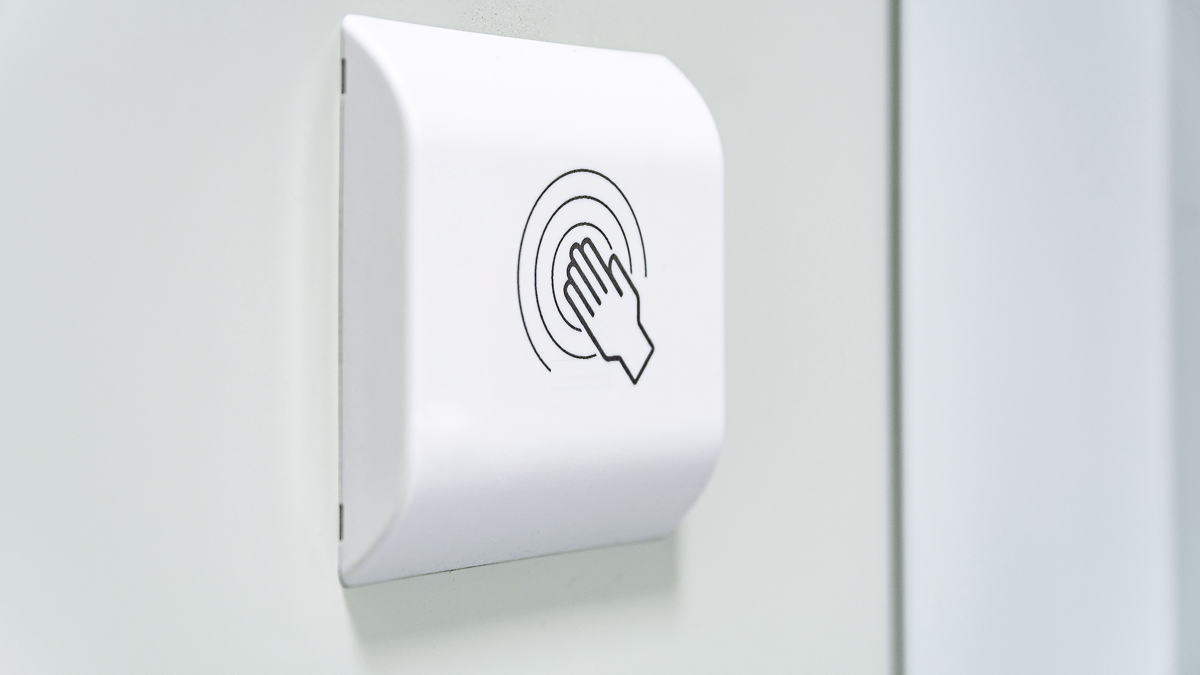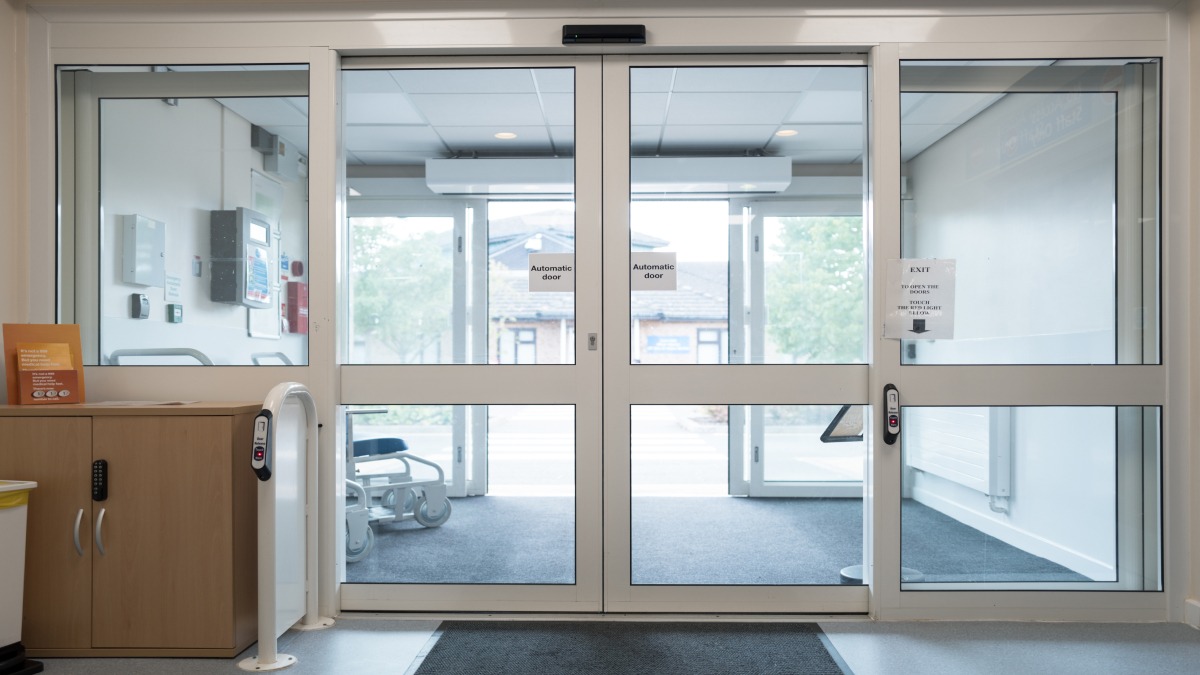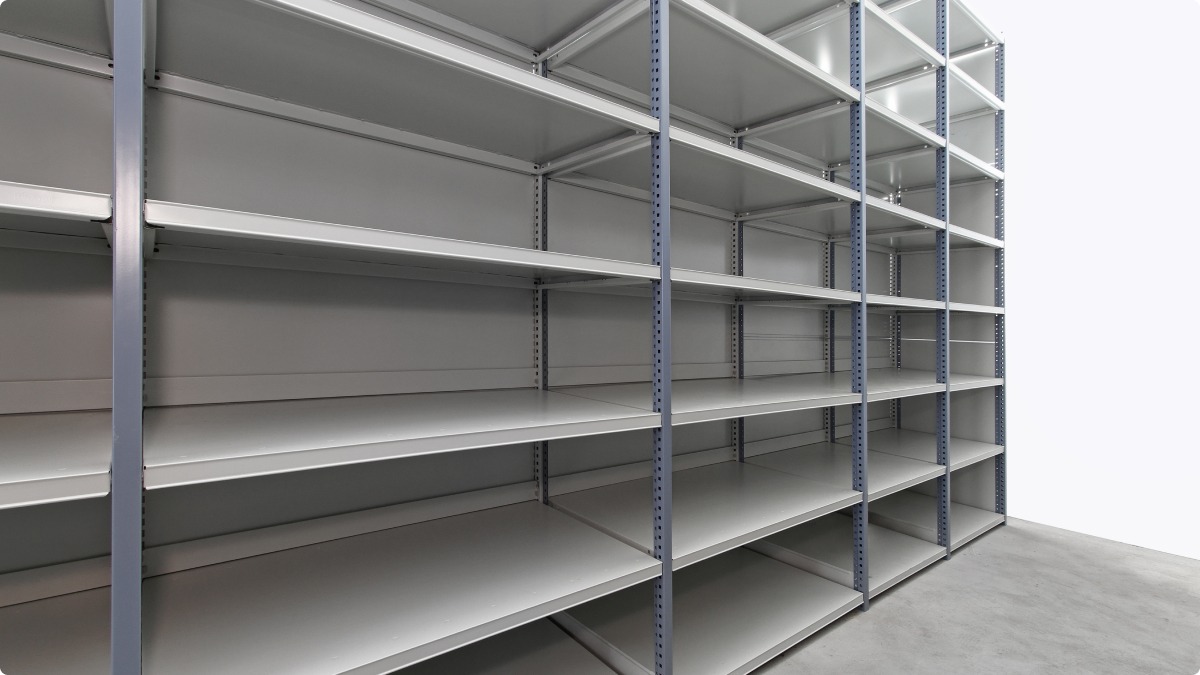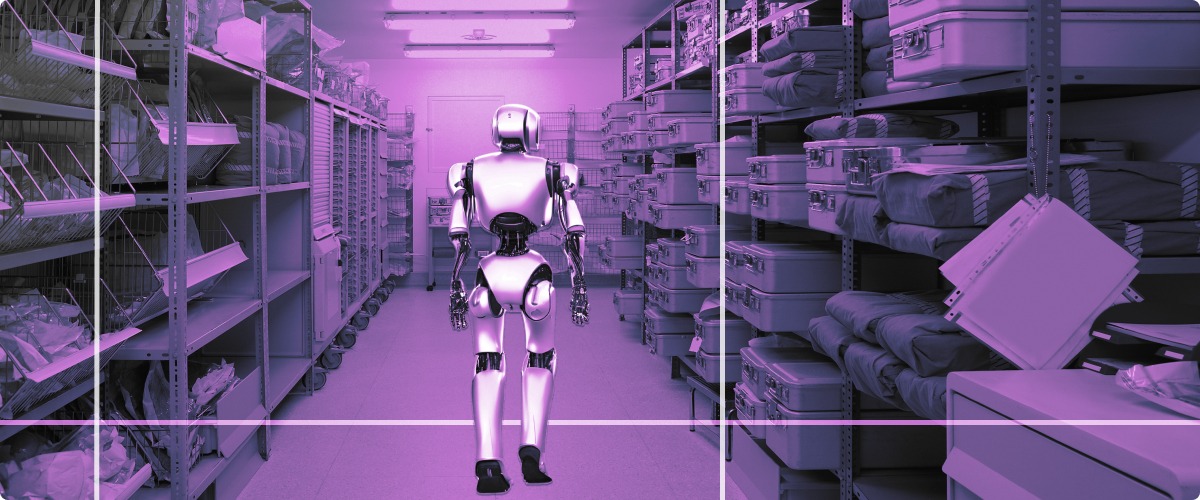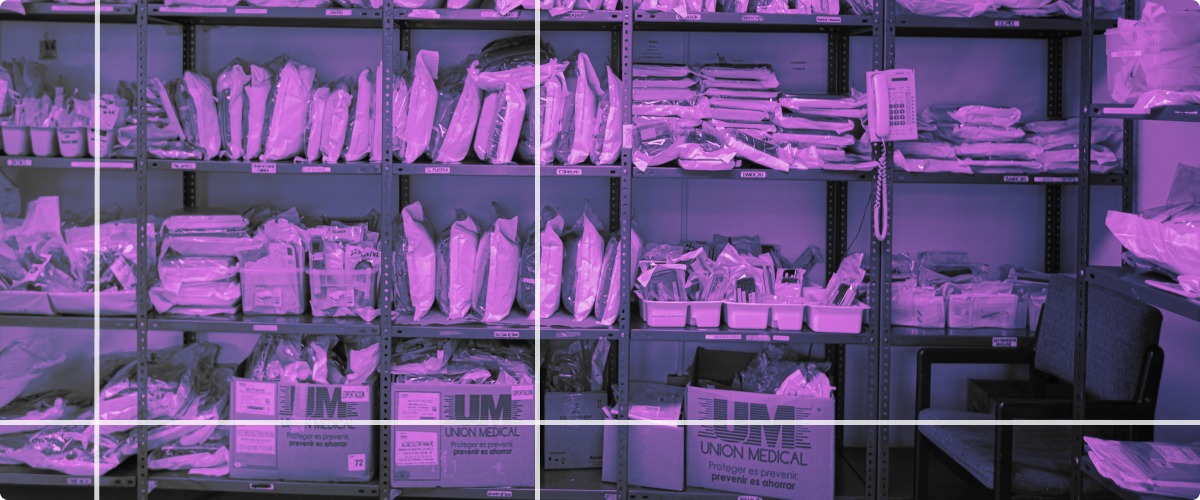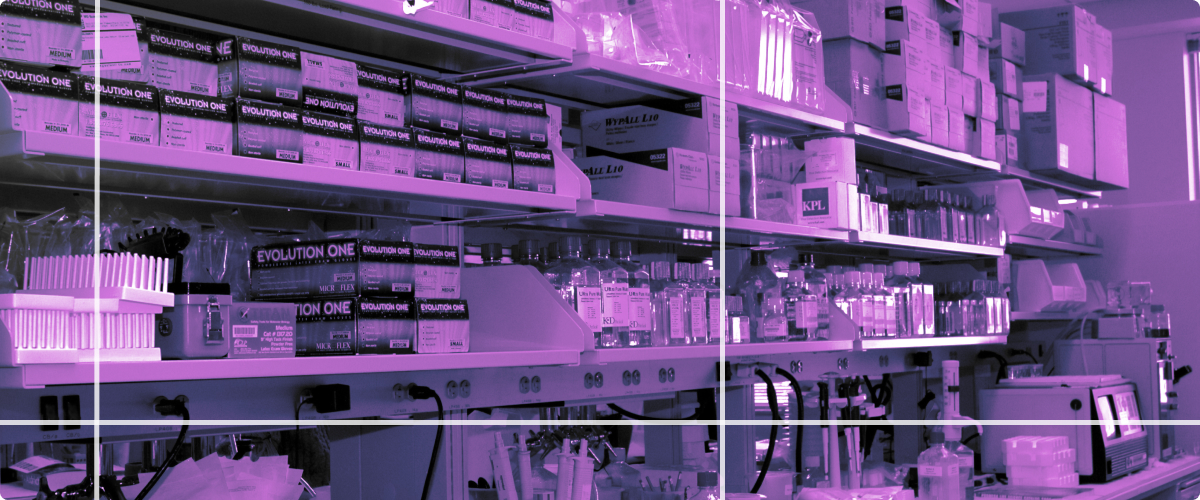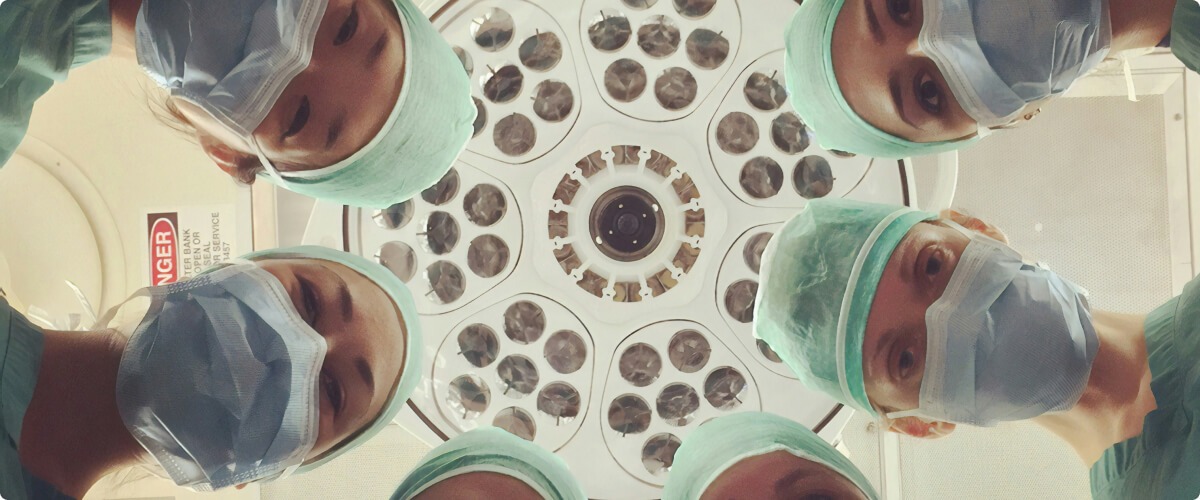Healthcare supply chain optimization has become essential for hospitals facing tight budgets, staffing challenges, and rising patient demands. Traditional methods such as manual inventory counts, barcode scans, and RFID checks are reactive and prone to errors. They also lack the predictive intelligence needed to anticipate supply requirements. This often results in costly stockouts or overstocking, creating waste and inefficiency across clinical operations.
By adopting AI hospital inventory management, healthcare organizations are moving from reactive processes to proactive, data-driven operations. Through the use of computer vision, IoT-enabled sensors, and predictive inventory management, hospitals can automate replenishment, forecast demand, and maintain accurate PAR levels. This ensures critical supplies are available when needed while freeing clinicians to focus on patient care rather than time-consuming inventory tasks.
The Challenges of Outdated Inventory Systems
The complexity of hospital supply chains makes traditional approaches both labor-intensive and error-prone. Without real-time visibility or predictive capabilities, hospitals frequently experience supply shortages that delay treatment or force emergency purchases. Conversely, overstocking increases carrying costs and leads to expired products, particularly with items that have short shelf lives. Manual tracking compounds these issues by diverting staff time from patient care.
Hospitals increasingly recognize that achieving real-time visibility, as discussed in why real-time inventory visibility is redefining hospital supply chains, is critical to meeting clinical needs without overspending. AI-driven systems bridge these gaps by combining visibility with intelligent forecasting, giving supply chain teams actionable insights.
How AI Enables Healthcare Supply Chain Optimization
AI automates the most time-consuming aspects of inventory management. Smart cameras and sensors monitor supply levels continuously, replacing manual counts and barcode scans. Machine learning analyzes historical usage patterns to predict future needs, ensuring that stockouts and overstocking are minimized. Automated replenishment processes trigger orders at precisely the right time, and because these systems integrate with ERP and EHR platforms, hospitals gain a unified, accurate view of their entire inventory network.
Choosing between barcode, RFID, and AI solutions often depends on accuracy, scalability, and long-term value. Hospitals exploring these options can see why AI offers unmatched adaptability and precision by reviewing barcode, RFID, or AI? choosing the right tool for hospital inventory.
AI Hospital Inventory Management in Practice
Modern AI inventory systems combine computer vision, predictive algorithms, and IoT-enabled shelving to provide seamless, automated inventory control. These technologies identify consumption trends, optimize reorder points, and reduce the administrative burden on staff. For example, smart shelves automatically detect low stock and send notifications or trigger replenishment orders before supplies run out. Such automation reduces human error and helps maintain consistent inventory accuracy rates of 99% or higher.
The Advantages of Predictive Inventory Management
Predictive inventory management delivers operational and financial benefits by aligning supply availability with real-time demand. Hospitals adopting this approach see reduced waste, improved purchasing accuracy, and greater staff efficiency. By relying on predictive analytics, procurement teams can better anticipate surges in demand and avoid costly last-minute orders.
The real-world impact of these predictive models mirrors insights from how AI eliminates hospital stockouts and why it matters, which explores how hospitals are preventing disruptions through AI-enabled forecasting and replenishment strategies.
Cost Reduction and Sustainability with AI
Rising costs and sustainability goals make AI-driven inventory optimization especially valuable. By aligning orders with actual consumption, hospitals reduce waste from expired products and cut storage and transportation costs. Streamlined distribution also lowers energy usage, particularly for temperature-sensitive products. Predictive analytics further supports sustainability by minimizing excess packaging and resource use while improving vendor negotiations.
The Future of Healthcare Supply Chain Optimization
AI is evolving from a helpful tool into a strategic backbone for hospital supply chains. Future platforms will incorporate supplier intelligence to recommend cost-effective procurement strategies and autonomously adjust orders based on real-time consumption patterns. Enhanced forecasting models will also anticipate seasonal trends and unexpected surges, keeping hospitals ahead of demand.
As healthcare systems adopt more advanced AI models, inventory management will shift from being reactive and operational to predictive and strategic, improving both financial performance and patient care outcomes.
Is predictive inventory management cost-effective?
Hospitals implementing AI hospital inventory management often see rapid ROI through reduced waste, fewer emergency purchases, and optimized procurement.
Healthcare supply chain optimization powered by AI and predictive analytics is no longer optional. Hospitals that embrace AI gain improved inventory accuracy, lower costs, and a reliable supply of essential products, all of which directly impact patient care.
Schedule a consult to explore how our healthcare supply chain optimization solution transforms hospital inventory.

